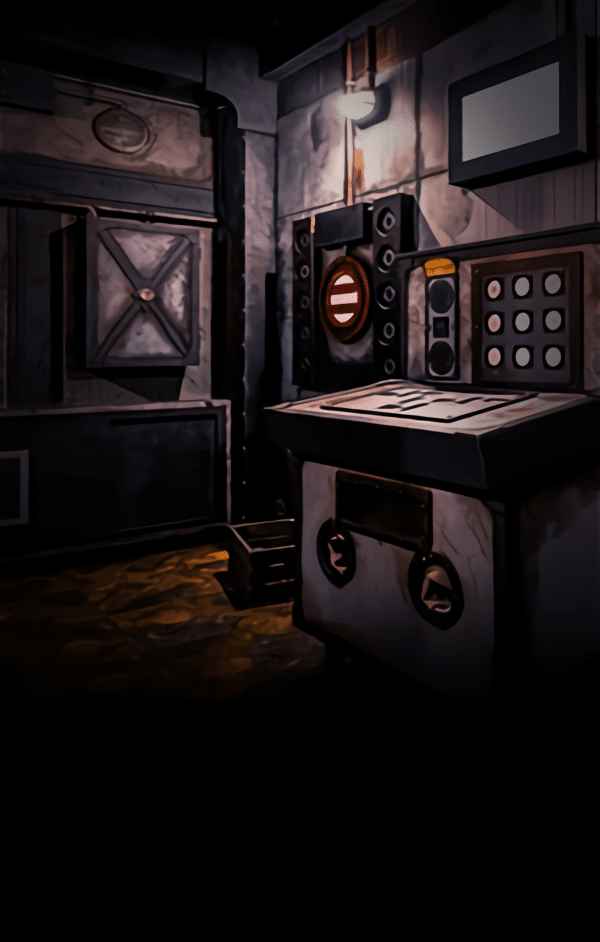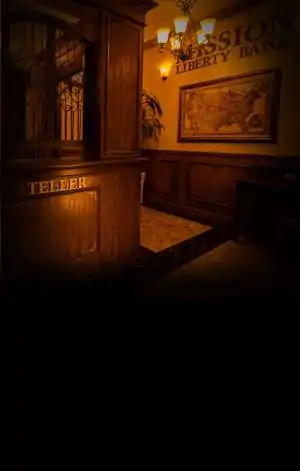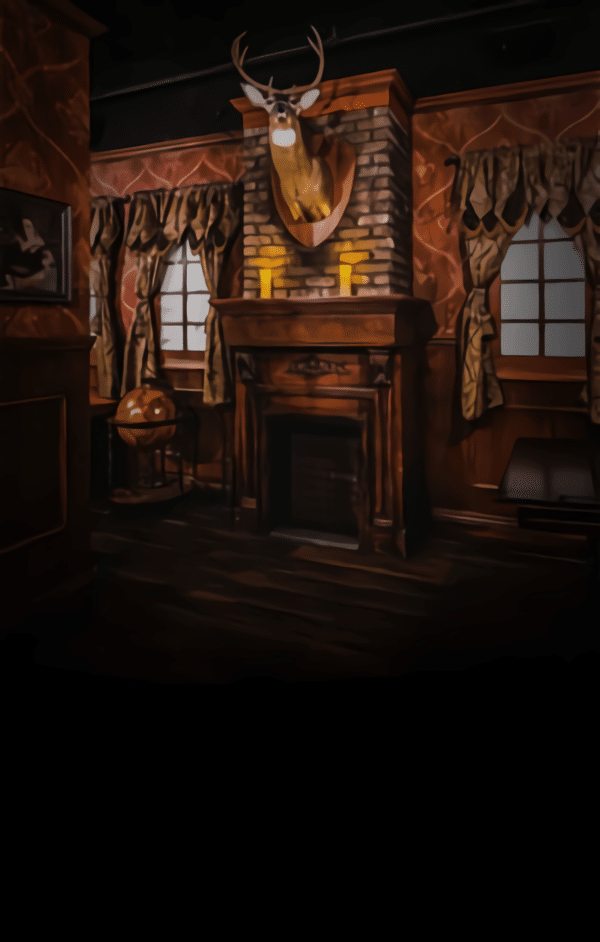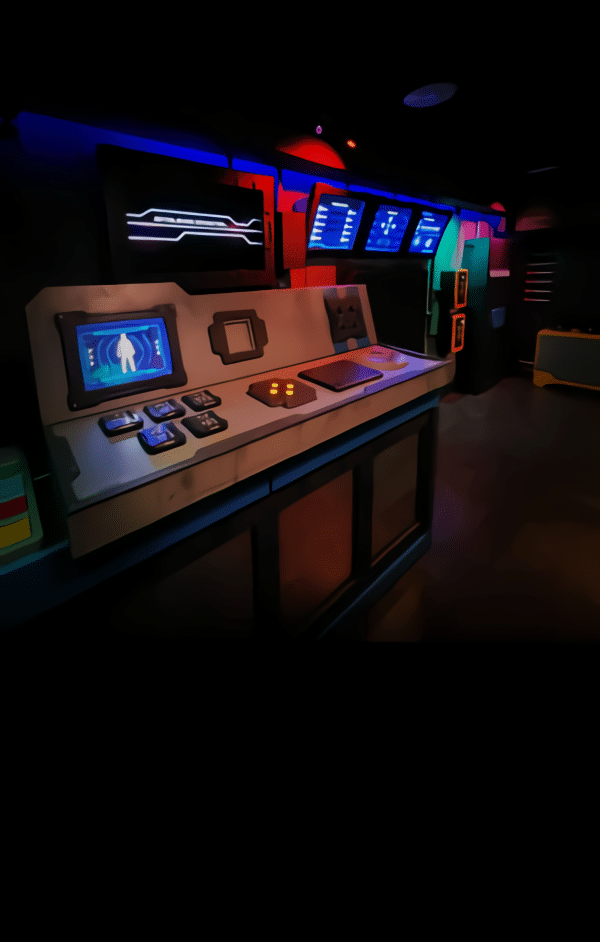How Are Clues Provided During Escape Room New York Games?
Escape rooms have become a go-to activity for friends, families, and corporate teams looking to experience excitement, problem-solving, and collaboration in an immersive environment. Among the top-rated experiences is escape room New York, offering thrilling challenges that push players to think critically under pressure. But what makes these games truly engaging and enjoyable? The answer lies in the clues that guide participants toward their ultimate goal—escaping before time runs out.
In this article, we will explore how clues are provided during escape room games in New York, the different types of hints that players can expect, and how these clues enhance the overall experience. Whether you’re a seasoned escape artist or a first-timer, understanding how clues work can give you a significant advantage in your next escape room New York adventure.
How Do Escape Room Clues Work?
Clues are an integral part of any escape room game. They are designed to help players progress through different stages of the game, unravel mysteries, and eventually unlock the final exit. Clues can come in many forms, including verbal hints, visual cues, or even tactile objects hidden within the room.
At Mission Escape Games in New York, clues are carefully crafted to fit the storyline of the escape room. Each clue is seamlessly integrated into the narrative, ensuring that players remain immersed in the experience while they decipher puzzles and connect the dots. The clues often follow a progressive difficulty curve, starting with simpler tasks and gradually becoming more complex as the game unfolds.
Types of Clues in Escape Room New York Games
Escape room games in New York, particularly at Mission Escape Games, offer a wide variety of clue types that challenge different skill sets. Below are the most common types of clues you can expect:
1. Written Clues and Hidden Messages
One of the most common clue types is written information, often presented as letters, notes, or journals. These clues may contain cryptic phrases, symbols, or riddles that require deciphering. Players often need to apply logic, pattern recognition, or linguistic skills to uncover hidden meanings.
2. Visual and Symbolic Clues
Visual clues can take the form of pictures, symbols, or colors strategically placed within the room. Observant players often notice patterns or subtle differences in their surroundings that can lead to unlocking a puzzle or gaining new information.
3. Physical Clues and Objects
In many escape rooms, objects themselves act as clues. Players may encounter locked boxes, keys, or interactive props that must be manipulated correctly to advance. Sometimes, placing objects in the right order or aligning them with a pattern can reveal the next clue.
4. Auditory Clues and Sound Effects
Sound is another powerful tool used to provide clues. In some escape room New York games, players may hear whispers, music, or environmental sounds that hint at the next step. Auditory clues can be especially effective when paired with visual elements to create a multi-sensory puzzle experience.
5. Technology-Based Clues
Modern escape rooms often incorporate technology to enhance gameplay. This can include touchscreens, motion sensors, and augmented reality that activate new clues or trigger events based on players’ actions. Mission Escape Games in NYC excels in using technology to make their escape room experiences even more thrilling.
How Are Clues Delivered to Players?
Players can receive clues through multiple channels depending on the design of the escape room. Understanding how these clues are delivered can give teams an edge during their escape room New York adventure.
1. Game Master Hints
In most escape rooms, a Game Master monitors the players’ progress and provides hints when necessary. The Game Master can offer verbal or written clues through a screen or speaker system, often tailoring the assistance to the team’s pace and understanding of the game.
2. Automated Clue Systems
Some escape rooms feature automated systems that deliver hints based on player actions. These systems are triggered by completing certain tasks or reaching specific milestones in the game. For instance, unlocking a drawer might activate a monitor displaying the next clue.
3. Visual and Environmental Cues
Many clues are embedded into the design of the room itself. Players are encouraged to explore their surroundings and pay attention to details that may appear insignificant at first glance. Lighting changes, shifting objects, and visual prompts can all serve as subtle hints.
When Are Clues Provided During an Escape Room Game?
The timing of clues in an escape room is crucial. Too many hints too early can take away from the challenge, while providing clues too late may lead to frustration. Mission Escape Games in NYC ensures that clues are given strategically to maintain a balance between difficulty and enjoyment.
Clues are often provided:
- Upon Request: Players can typically ask for hints when they feel stuck. Most games allow for a limited number of hints, so teams must use them wisely.
- After a Set Time: If a team has spent too much time on a puzzle without progress, the Game Master may step in to offer assistance.
- As Part of the Storyline: Some clues naturally emerge as part of the narrative, encouraging players to stay engaged with the story while progressing.
Strategies for Using Clues Effectively
To succeed in an escape room New York game, knowing how to use clues effectively is key. Here are some tips to maximize your chances of escaping:
- Communicate Openly: Make sure everyone in the team shares any information they discover. Sometimes, clues only make sense when multiple players piece them together.
- Don’t Be Afraid to Ask for Help: If you’re stuck, don’t hesitate to ask for a hint. A well-timed clue can prevent your team from losing momentum.
- Prioritize Clues Based on Relevance: Focus on clues that align with your current goal instead of getting distracted by irrelevant details.
- Assign Roles Strategically: Divide tasks among team members based on their strengths to tackle different types of puzzles more efficiently.
Conclusion: Clues as the Key to Success
Clues are the backbone of any successful escape room New York adventure. Whether it’s a written note, a hidden object, or a subtle auditory hint, clues provide the necessary guidance for players to advance through complex puzzles and ultimately escape the room. At Mission Escape Games NYC, clues are meticulously designed to create an engaging, immersive experience that tests players’ problem-solving abilities and teamwork.
By understanding how clues are provided and leveraging them effectively, players can elevate their escape room experience and increase their chances of success. Whether you’re solving mysteries in an ancient temple or unraveling secrets in a futuristic lab, clues will always be your greatest ally.
Frequently Asked Questions (FAQs)
1. How many clues can we ask for in an escape room at Mission Escape Games NYC?
Most escape rooms, including Mission Escape Games NYC, allow teams to ask for a limited number of hints during the game. The exact number may vary depending on the room’s difficulty level, but players are encouraged to use them wisely to balance challenge and enjoyment.
2. Are clues included in the price of the escape room?
Yes, clues are included as part of the escape room experience at Mission Escape Games NYC. Clues and hints are part of the immersive design, ensuring that all players have an engaging and enjoyable adventure.
3. Can we receive clues automatically without asking?
In some escape rooms, clues may be provided automatically after a certain period if the team is stuck. Mission Escape Games often incorporates this feature to maintain the game’s pace and prevent frustration.
4. Do all escape rooms provide verbal clues, or are there other methods?
Not all clues are verbal. Many escape rooms, including those at Mission Escape Games NYC, use visual, physical, and auditory clues, as well as technology-based interactions to provide diverse and engaging gameplay.
5. What happens if we run out of clues during the game?
If a team uses all their available hints and still struggles to progress, the Game Master may occasionally provide subtle guidance to keep the experience enjoyable. However, running out of clues increases the challenge, making it even more rewarding if the team manages to escape!
Ready for your next thrilling adventure? Book your escape room New York experience today and see if you can solve the mysteries before time runs out!
Read: Can You Book a Private Escape Room New York Experience?
Read: What Are the Most Challenging Escape Room New York Scenarios?









